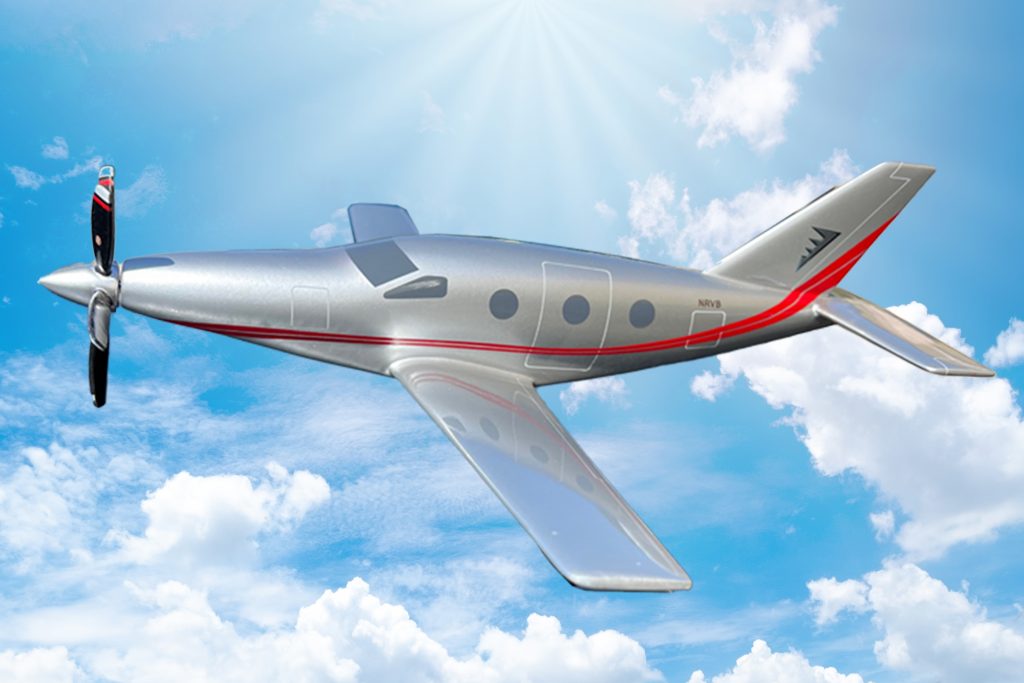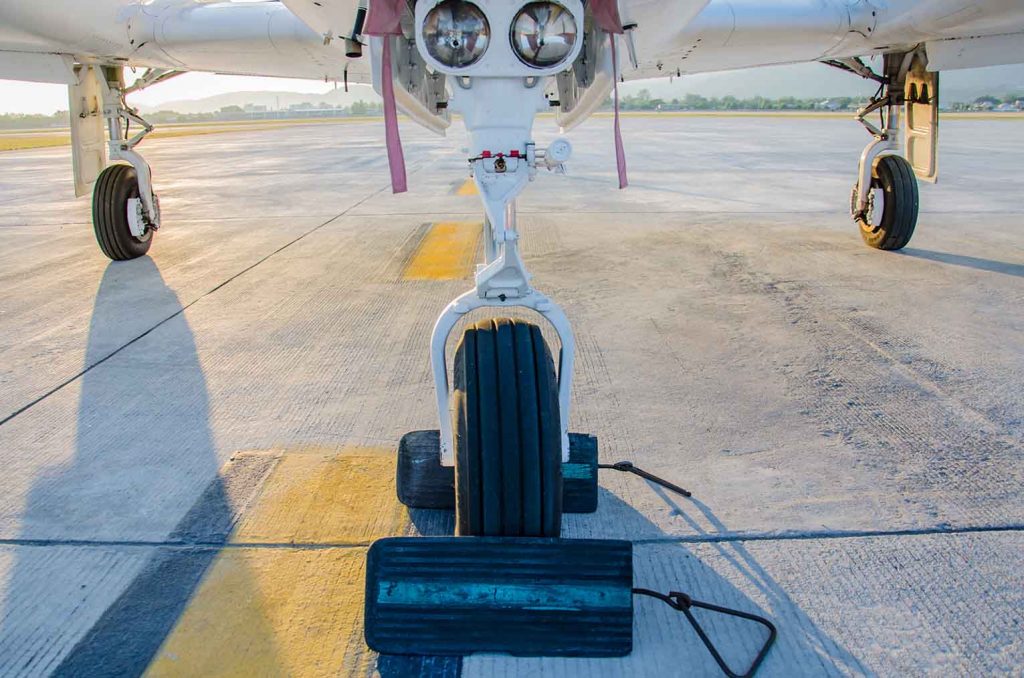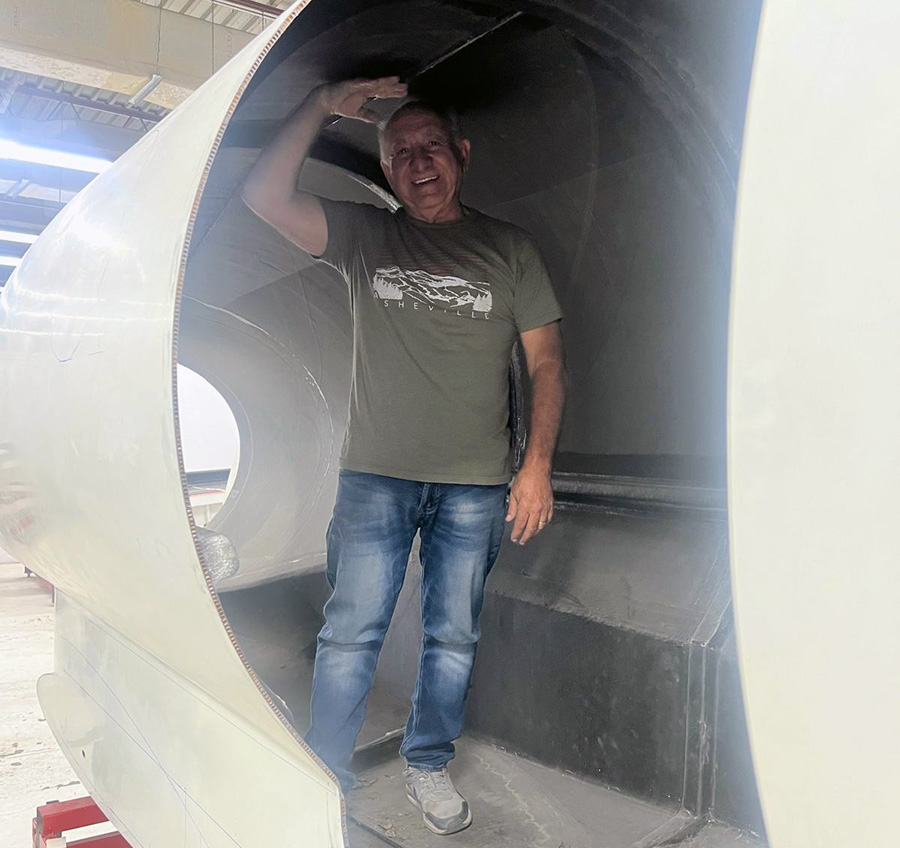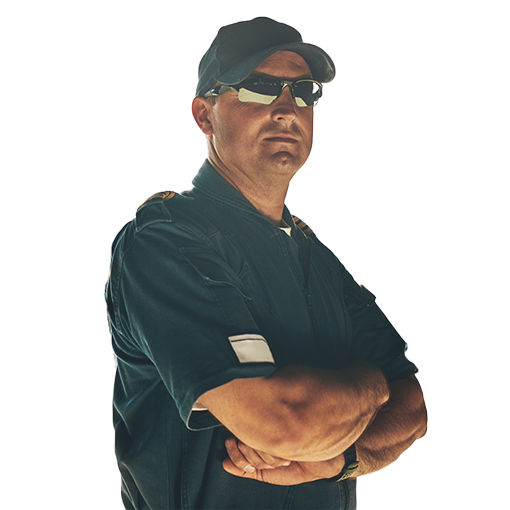Total cost per hour estimated at $85/hr vs. $650/hr for traditional turboprops
Electric propulsion + hybrid generator reduces fuel, maintenance, and overhaul costs
At online slots sections, players enjoy a nonstop adventure with hundreds of games to choose from. Whether you prefer high-volatility thrillers or low-risk entertainment, the variety is unmatched. Win multipliers, unlock mini-games, and chase progressive jackpots, all while relaxing at home or on the go. Simple to play, impossible to resist!
Tallest pressurized cabin in the 6-seat category, enhancing comfort and accessibility for executive and medical missions
No need for VTOL (vertical Lift off and Landing) infrastructure or rotorcraft regulations.
Operates from existing runways and airstrips worldwide with our pattented Electric Take-off and Taxiing Assistance technology
Lightweight yet durable
Increases range, improves payload-to-weight ratio, and reduces corrosion
Enables operations near noise-sensitive communities (urban areas, resorts, hospitals)
The entire aircraft descends safely, and reduces insurance premiums and increases resale value.
Auto-Landing, Auto-Throttle, Synthetic Vision, Advanced Autopilot, Starlink WiFI
Reduces the risk of stalls, spins, and other hazardous situations, enhancing flight safety.

Over a dedicated two-year development cycle, Hadron Aerospace meticulously advanced through five critical stages of prototype construction. Beginning with engineering, the team employed advanced CAD modeling and structural analysis to define the aircraft's architecture, ensuring optimal performance and safety. Subsequently, during plug construction, full-scale physical models were crafted to serve as precise templates for mold creation. These molds, formed from the plugs, facilitated the production of high-fidelity composite components. In the airframe parts construction phase, these components were manufactured with exacting standards, focusing on strength and weight efficiency. Finally, the airframe assembly stage involved the integration of all parts into a cohesive structure, adhering to stringent aerospace assembly protocols to ensure structural integrity and readiness for testing. This systematic approach underscores Hadron Aerospace's commitment to precision and innovation in aircraft development.
The engineering phase marks the inception of Hadron Aerospace’s prototype development, where foundational concepts transform into detailed designs. During this stage, engineers employ advanced computer-aided design (CAD) tools to model the aircraft’s systems, focusing on aerodynamics, structural integrity, and propulsion. Extensive simulations and analyses are conducted to optimize performance and ensure compliance with stringent aerospace standards. This meticulous planning sets the stage for subsequent phases, ensuring that each component is precisely defined and ready for physical realization.
The plug construction phase is pivotal in aerospace prototyping, serving as the bridge between digital design and tangible form. In this stage, full-scale physical models—known as plugs—are meticulously crafted to embody the precise contours and dimensions of the intended aircraft components. These plugs are typically constructed from materials like wood, foam, or composite structures, chosen for their dimensional stability and ease of shaping. Achieving a flawless surface finish on the plug is essential, as any imperfections will transfer to the molds and, subsequently, to the final parts. Therefore, the plug’s surface is often refined to a Class “A” finish, characterized by a polished, high-luster appearance free from defects . This meticulous attention to detail ensures that the subsequent mold-making process yields high-fidelity components, maintaining the integrity of the original design throughout the manufacturing process.
The mold construction phase is critical in aerospace prototyping, as it translates the meticulously crafted plug into a durable tool for producing composite components. The process begins by applying a release agent to the plug, ensuring that the mold can be separated without damage. A gelcoat layer is then applied to capture the fine surface details, followed by successive layers of fiberglass and resin, which are carefully laid up and consolidated to form a robust mold structure. Once cured, the mold is separated from the plug, resulting in a precise negative of the original design. This mold serves as the foundation for fabricating high-fidelity composite parts, maintaining the integrity and specifications defined during the engineering phase.
The airframe parts construction phase is a pivotal stage in aerospace prototyping, where individual structural components are fabricated to exact specifications. Engineers produce critical elements like fuselage sections, wing spars, and control surfaces. Materials commonly employed include aluminum alloys, titanium, and carbon fiber composites, selected for their strength-to-weight ratios and performance characteristics . Each part undergoes rigorous quality control measures, including dimensional inspections and non-destructive testing, to ensure compliance with stringent aerospace standards. This meticulous process ensures that every component is prepared for seamless integration during the subsequent airframe assembly phase.
The airframe parts construction phase is a pivotal stage in aerospace prototyping, where individual structural components are fabricated to exact specifications. Engineers produce critical elements like fuselage sections, wing spars, and control surfaces. Materials commonly employed include aluminum alloys, titanium, and carbon fiber composites, selected for their strength-to-weight ratios and performance characteristics . Each part undergoes rigorous quality control measures, including dimensional inspections and non-destructive testing, to ensure compliance with stringent aerospace standards. This meticulous process ensures that every component is prepared for seamless integration during the subsequent airframe assembly phase.
Current Status of Hadron Prototype.

Electric propulsion system and Carbon-composite fuselage minimize noise and vibration
Tallest pressurized cabin allows for more options and comfort in all aircraft configurations


Electric aircraft improve sustainability by significantly reducing emissions, noise, and air pollution. When powered by renewable energy, they offer a cleaner, quieter, and more environmentally friendly way to travel. Although there are challenges with batteries and infrastructure, ongoing advances promise a greener future for aviation.
Electric aircraft have a positive environmental impact by reducing emissions, air pollution, and noise. Their benefits are greatest when powered by renewable energy, helping combat climate change and improve local air quality. As technology and energy sources improve, they can significantly lessen aviation’s environmental footprint.

Hadron Cargo Aircraft will revolutionize the cargo industry. With its low cost of operation we can deliver faster, to more places at a lower cost.
Nam vestibulum auctor felis, a dapibus tortor cursus a. Mauris in nisi nulla. Duis tellus diam, iaculis ut venenatis in, molestie nec lacus. Proin eu justo eu erat molestie rhoncus.

Nam vestibulum auctor felis, a dapibus tortor cursus a. Mauris in nisi nulla. Duis tellus diam, iaculis ut venenatis in, molestie nec lacus. Proin eu justo eu erat molestie rhoncus.

Nam vestibulum auctor felis, a dapibus tortor cursus a. Mauris in nisi nulla. Duis tellus diam, iaculis ut venenatis in, molestie nec lacus. Proin eu justo eu erat molestie rhoncus.

Lorem ipsum dolor sit amet, consectetur adipiscing elit. Curabitur condimentum, lacus non faucibus congue, lectus quam viverra nulla, quis egestas neque sapien ac magna.